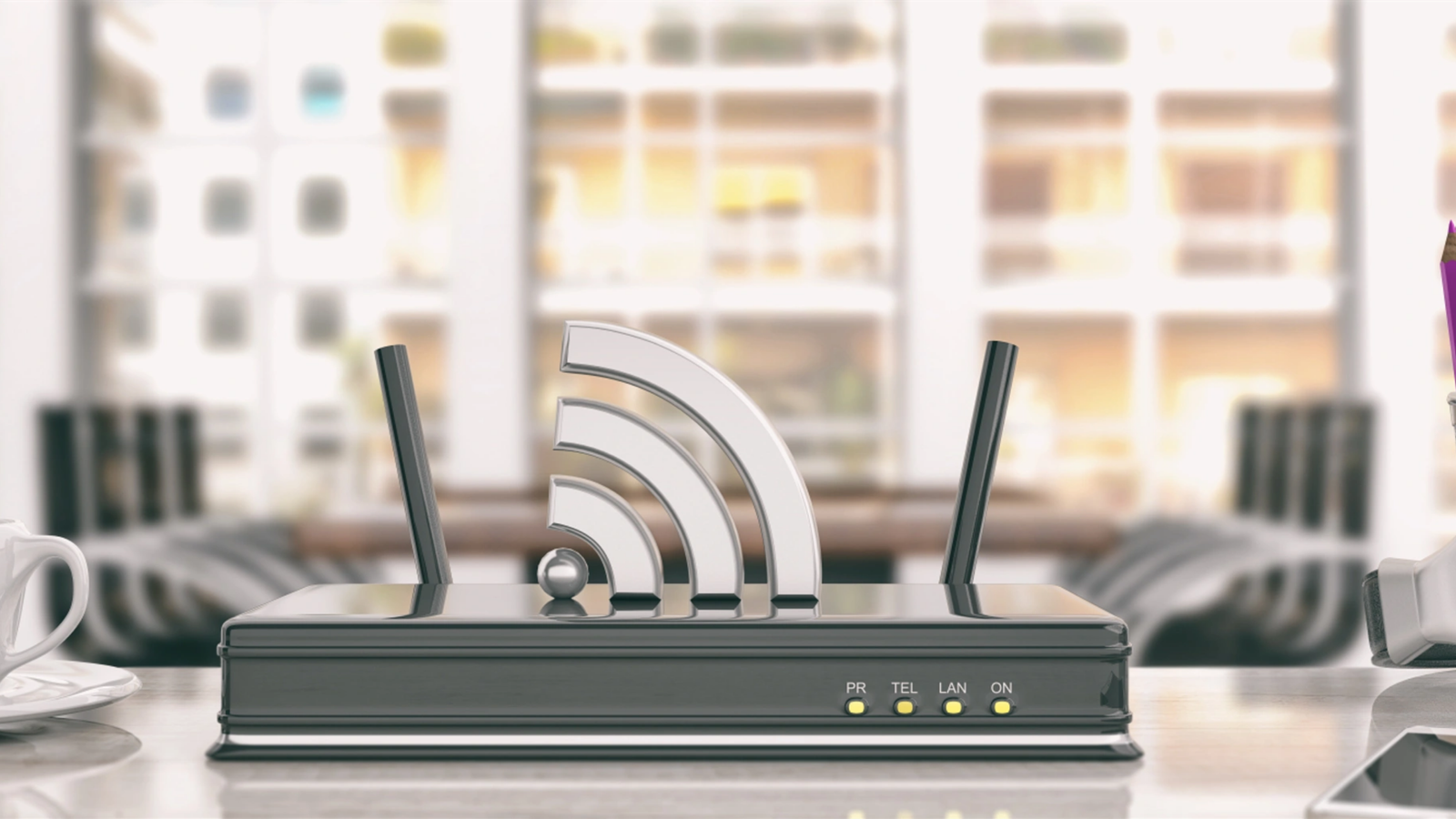In today’s hyper-connected world, choosing the right internet connection is crucial—and so is selecting the right Customer Premises Equipment (CPE). Whether you’re a business owner, IT manager, or a home user, understanding the differences between Fiber CPE and DSL CPE can help you make an informed decision.
This article breaks down the key distinctions between Fiber and DSL CPE, covering speed, reliability, installation, cost, and future-proofing. By the end, you’ll know exactly which option suits your needs best.
What Is CPE?
Customer Premises Equipment (CPE) refers to the hardware installed at a user’s location to connect to a service provider’s network. For internet services, this typically includes modems, routers, or gateway devices that facilitate connectivity.
- Fiber CPE: Designed for fiber-optic networks, these devices handle high-speed data transmission via light signals.
- DSL CPE: Built for Digital Subscriber Line (DSL) networks, these modems use traditional copper telephone lines.
Now, let’s dive into the key differences.
1. Speed and Bandwidth
Fiber CPE: Blazing-Fast Speeds
Fiber-optic internet delivers symmetrical speeds, meaning upload and download speeds are nearly identical. Fiber CPE supports:
- Gigabit speeds (1,000 Mbps and above)
- Low latency, ideal for gaming, 4K streaming, and VoIP
- Higher bandwidth capacity, perfect for multiple devices
DSL CPE: Limited by Copper Lines
DSL speeds depend on distance from the ISP’s central office. Typical DSL CPE offers:
- 5–100 Mbps download speeds (upload speeds are much slower)
- Higher latency, making it less ideal for real-time applications
- Bandwidth congestion in densely populated areas
Winner: Fiber CPE for speed and reliability.
2. Reliability and Signal Degradation
Fiber CPE: Immune to Electromagnetic Interference
Since fiber uses light signals, it’s unaffected by:
- Electrical interference
- Weather conditions
- Distance-related signal loss
DSL CPE: Susceptible to Interference
DSL relies on copper wires, which are prone to:
- Electromagnetic interference (from power lines, appliances)
- Signal degradation over long distances
- Weather-related disruptions
Winner: Fiber CPE for consistent, uninterrupted connectivity.
3. Installation and Infrastructure
Fiber CPE: Requires Specialized Setup
- Needs fiber-optic cabling (may require professional installation)
- ONT (Optical Network Terminal) converts light signals to electrical data
- More complex setup but offers long-term benefits
DSL CPE: Plug-and-Play (Mostly)
- Uses existing phone lines (no major infrastructure changes)
- Easier self-installation with a standard DSL modem
- Limited by aging copper infrastructure
Winner: DSL CPE for easier setup, but Fiber CPE for future readiness.
4. Cost Comparison
Fiber CPE: Higher Initial Cost, Long-Term Value
- Equipment costs more (advanced ONT/modems)
- Installation may be pricier (if fiber lines aren’t pre-installed)
- Lower maintenance costs (durable infrastructure)
DSL CPE: Cheaper but Outdated
- Lower upfront costs (basic DSL modems are affordable)
- No major installation fees (uses existing phone lines)
- Higher long-term costs (upgrades may be needed)
Winner: DSL CPE for budget users, Fiber CPE for long-term ROI.
5. Future-Proofing and Scalability
Fiber CPE: Ready for Tomorrow’s Tech
- Supports 5G backhaul, IoT, and smart cities
- Easily upgradable to multi-gigabit speeds
- Growing ISP adoption (future-proof investment)
DSL CPE: A Dying Technology?
- Limited upgrade potential (copper networks are being phased out)
- ISPs are shifting to fiber (DSL may become obsolete)
Winner: Fiber CPE for scalability and longevity.
Which One Should You Choose?
| Factor | Fiber CPE 🚀 | DSL CPE 📞 |
|---|---|---|
| Speed | Gigabit+ | Up to 100 Mbps |
| Reliability | High | Moderate |
| Installation | Professional | DIY-friendly |
| Cost | Higher upfront | Cheaper |
| Future-Proof | Yes | No |
Go for Fiber CPE if you:
✔ Need ultra-fast, reliable internet
✔ Use cloud services, video conferencing, or gaming
✔ Want a long-term solution
Choose DSL CPE if you:
✔ Have budget constraints
✔ Live in an area without fiber coverage
✔ Only need basic browsing/streaming
Final Thoughts
While DSL CPE may still serve casual users, Fiber CPE is the clear winner for speed, reliability, and future readiness. As ISPs continue expanding fiber networks, upgrading now could save you from frequent tech headaches later.
Still unsure? Check with local ISPs to see which options are available in your area.
